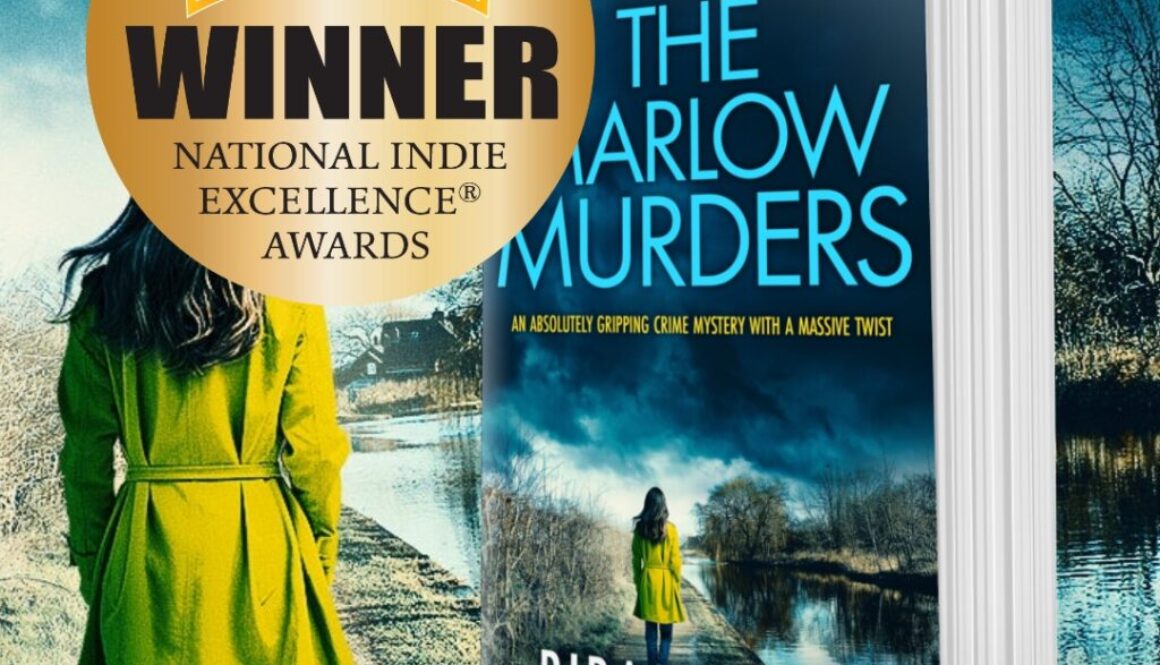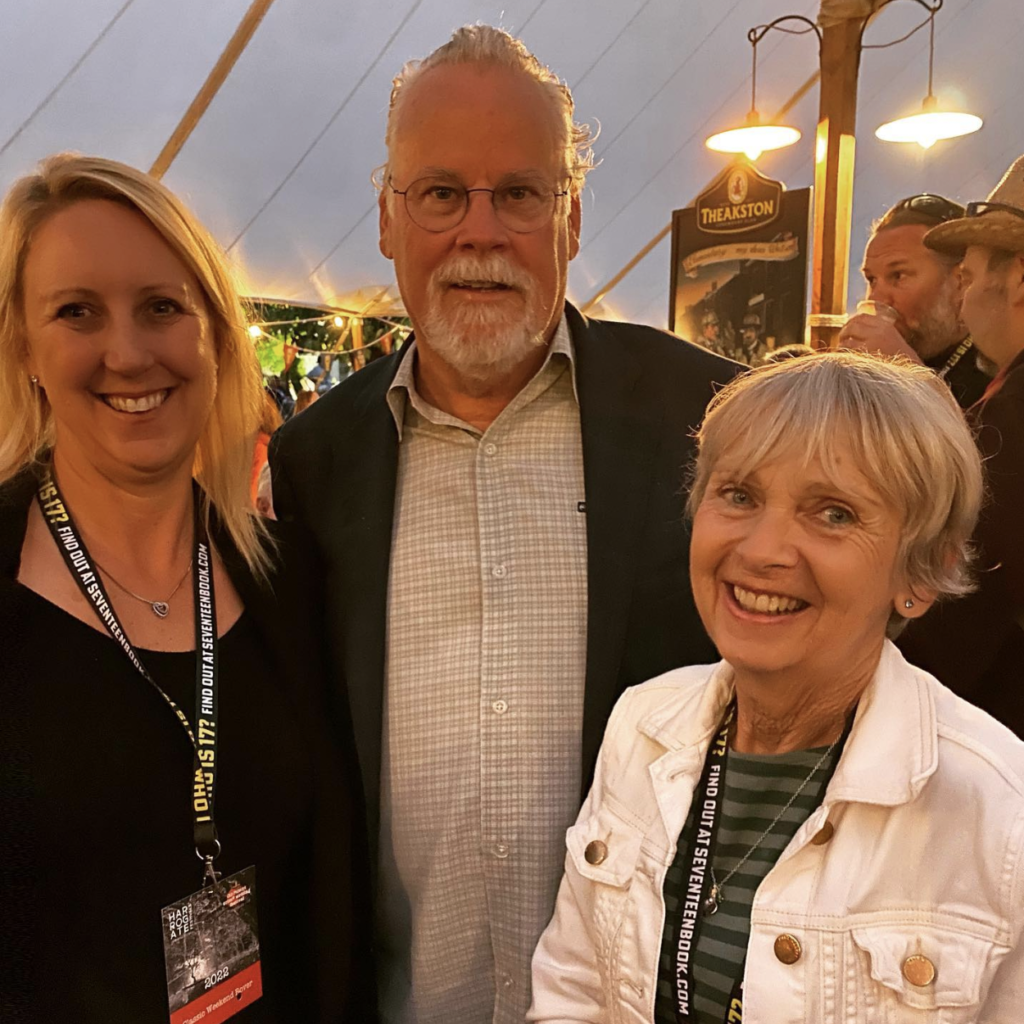Writing Rough Justice
Hey everyone! I’m thrilled to share some behind-the-scenes insights into my latest novel, Rough Justice. Writing this book has been an incredible journey, one that took me deep into the heart of London and into the minds of some of its most overlooked residents. It’s a story about justice, loyalty, and redemption, and I’m so excited to finally bring it to you.
Finding Inspiration in London’s Shadows
The idea for Rough Justice came to me while wandering through the streets of London, my hometown. It’s a city of stark contrasts—where wealth and poverty sit side by side. I often found myself wondering about the lives of those we don’t usually see: the homeless, the veterans struggling with PTSD, and the people living on the fringes of society. These musings eventually led me to Shrap Nelson, the fierce and complex protagonist of Rough Justice.
Shrap is a homeless ex-military investigator with a past that’s as rough as the streets she sleeps on. When her friend Doug, a fellow homeless veteran, is brutally murdered, Shrap takes it upon herself to uncover the truth. This journey pulls her back into a world she thought she’d left behind, navigating the dangerous underbelly of London in search of justice.
Setting the Scene
London’s gritty underworld isn’t just a backdrop—it’s a character in its own right. The city’s dark alleyways, crowded shelters, and hidden corners add layers of atmosphere and authenticity to the story. London is alive with secrets and shadows, and every street has a story to tell. Setting Rough Justice here allowed me to explore these hidden stories and bring a rich, atmospheric quality to the novel.
Exploring Themes of Loyalty and Redemption
At its core, Rough Justice is a story about loyalty and redemption. Shrap is driven by her fierce loyalty to Doug, who once saved her life. Despite the risks, she feels a deep obligation to uncover the truth behind his death. This loyalty propels her into the heart of London’s criminal underworld, where she must confront not only dangerous adversaries but also her own demons.
Redemption is another key theme in the book. Shrap’s journey isn’t just about solving a murder—it’s about finding a path to healing. Battling severe PTSD, she relies on her military training and sharp intellect to piece together the puzzle. Her quest for justice becomes a quest for self-redemption, a way to reclaim her sense of purpose and worth in a world that’s often been harsh to her.
Creating Shrap Nelson
Creating Shrap was both a challenge and a joy. She’s a character of contrasts—resilient yet vulnerable, strong yet scarred. Her past is marked by the horrors of war and the harsh realities of homelessness, making her journey all the more poignant. Writing her story required me to balance her strength and determination with her pain and struggles.
Shrap’s development throughout the novel is a testament to the human spirit’s resilience. She’s not alone on her journey; she’s supported by a group of societal outcasts, each with their own stories of hardship and survival. This ensemble of characters adds depth to the narrative, highlighting themes of community and solidarity in the face of adversity. Together, they navigate a world filled with danger and deception, forging bonds that are as fragile as they are unbreakable.
A Tale of Loyalty, Revenge, and Redemption
Rough Justice is more than just a crime thriller—it’s a story that delves into the depths of loyalty, revenge, and redemption. It’s a narrative that explores the human condition through the lens of a character who, despite her struggles, refuses to be defeated.
I hope Rough Justice offers not only a gripping mystery but also a poignant exploration of the themes and characters that define our humanity. Through Shrap Nelson’s journey, I believe you’ll find a story that resonates, captivates, and ultimately, moves you.
Thanks for joining me on this journey. I can’t wait for you all to read Rough Justice! It’s coming out on October 1, 2024, so mark your calendars!
Preorder link: https://www.amazon.co.uk/dp/B0D35THWG9




 Storm Surge, Kenzie Gilmore Book 7, is out now. Available at Amazon.
Storm Surge, Kenzie Gilmore Book 7, is out now. Available at Amazon. 
